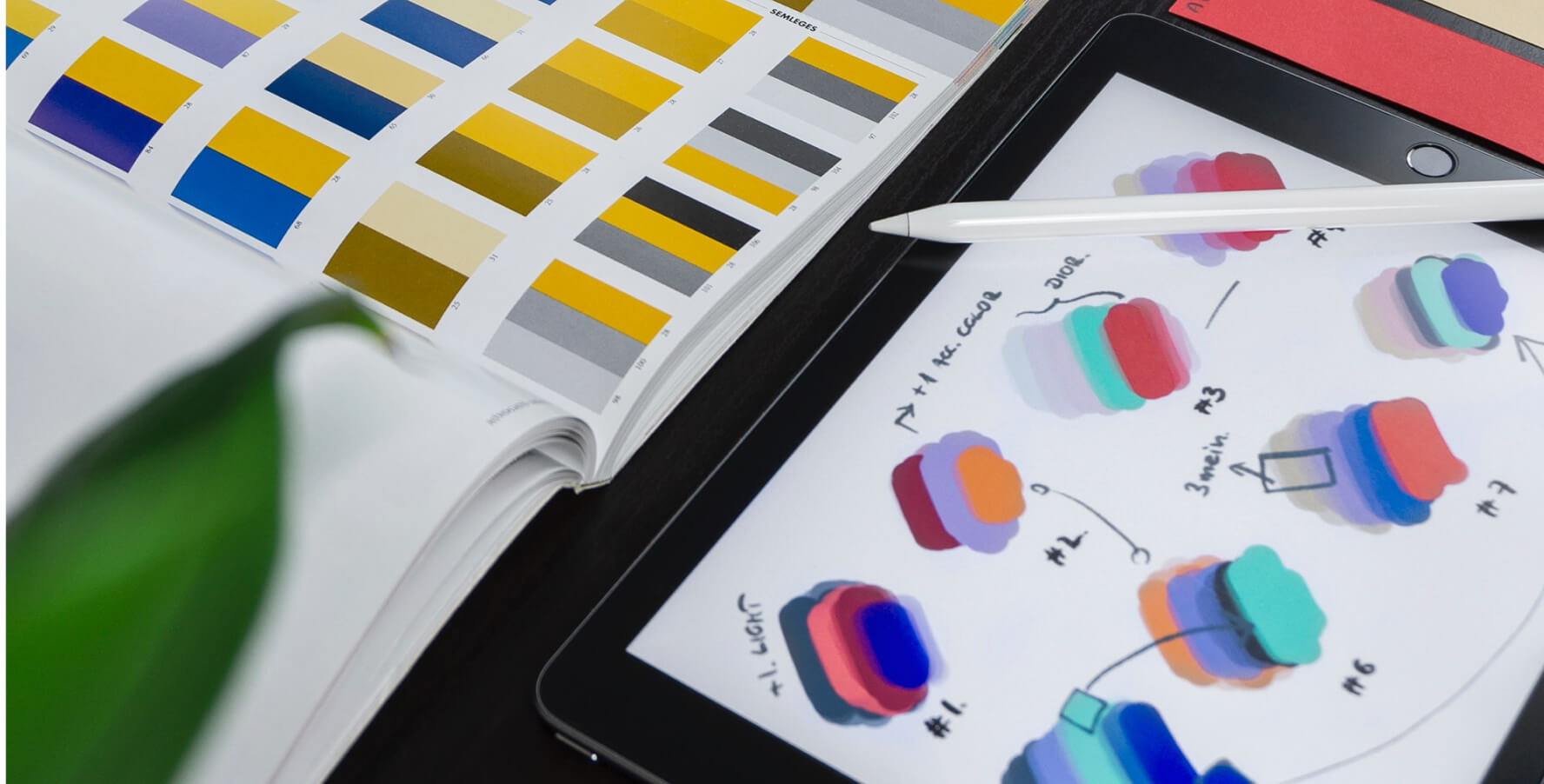
Design systems - what they are and why you need one
November 7th, 2022
If you’re building a digital product, you know one thing by now: design is key.
But did you know that behind every successfully designed product lies an ecosystem of elements, principles, and guidelines? This ecosystem is what we call a Design System.
The cornerstone of your product
A Design System is a collection of building components and a set of guidelines, rules, and best practices that act as the north star for product design, whether UX or UI.
But why take (precious) time to organize all elements, create an ecosystem, and shelter all of it under an overarching philosophy… rather than iterating on the go?
Cutting these corners might seem productive… but it’s not.
The Lego analogy
Follow us for a moment: your digital product is a lego castle made of many lego pieces.
Scenario one - no design system
You build your castle from a big, messy pile of pieces, on the go.
Pros:
You get to start building immediately, and you might enjoy the thrill of this adventurous process!
Cons:
- No traceability of what pieces you used to build the castle (aka, the user interface and experience).
- Different teams working on different areas will yield disparate results.
- Higher risk of inconsistencies and dilution of your brand when transferring tasks from one team/freelancer to another, for example, from UX to UI.
- Inconsistencies in design sprints can be fatal to your product’s integrity, performance, and, ultimately, market adoption.
As we can see, this first scenario is less than optimal.
Scenario two - with a design system
Before kicking in the building phase, you take a step back and deconstruct the finished product (your user interface) into building blocks.
You organize all of these elements into a coherent system so that your castle builders (the engineering team) can build with clarity and confidence.
Then, your team starts building the castle.
Pros:
- Everyone within and outside of your organization can jump in and participate in building, with very light onboarding effort.
- You’re sure that all output is compliant with the brand identity and design principles, which makes it comparable and transferrable from one team to another.
- The user experience is cohesive across platforms, products, and time.
- You’ve made it easy for your teams to adapt to change and evolve the product through new features and updates.
The caveat:
Taking the time to build a proper and thorough design system might take longer than you planned. However, in the grand scheme of things, this isn’t a sunk cost but an investment into building future-proof foundations for your business.
Future-proof foundations
Scenario two might seem to be an unnecessary detour. It is a powerful (and, we believe, necessary) step to ensure your team works coherently, and with clarity, allowing them to deliver at a much greater speed.
Not only that, a Design System ensures that your product maintains stability through the ebbs and flows of its growth process. Your product is bound to evolve with time. Building a future-proof foundation ensures that, whatever form your product takes, it always stays consistent with the core of your brand.
Design systems provide a convenient, centralized, and evolving map of a brand’s known product territories with directional pointers to help you explore new regions.
Consistency is key to creating and maintaining a strong relationship with your users. Further down the road, when you realize that all product features you’ve released over time were consistent, and in integrity with your brand design principles, you’ll be happy to have allocated time to creating a solid Design System to start it all.

Oumnia El Khazzani
Marketing Manager
SlowLettuce | Copyright 2025


